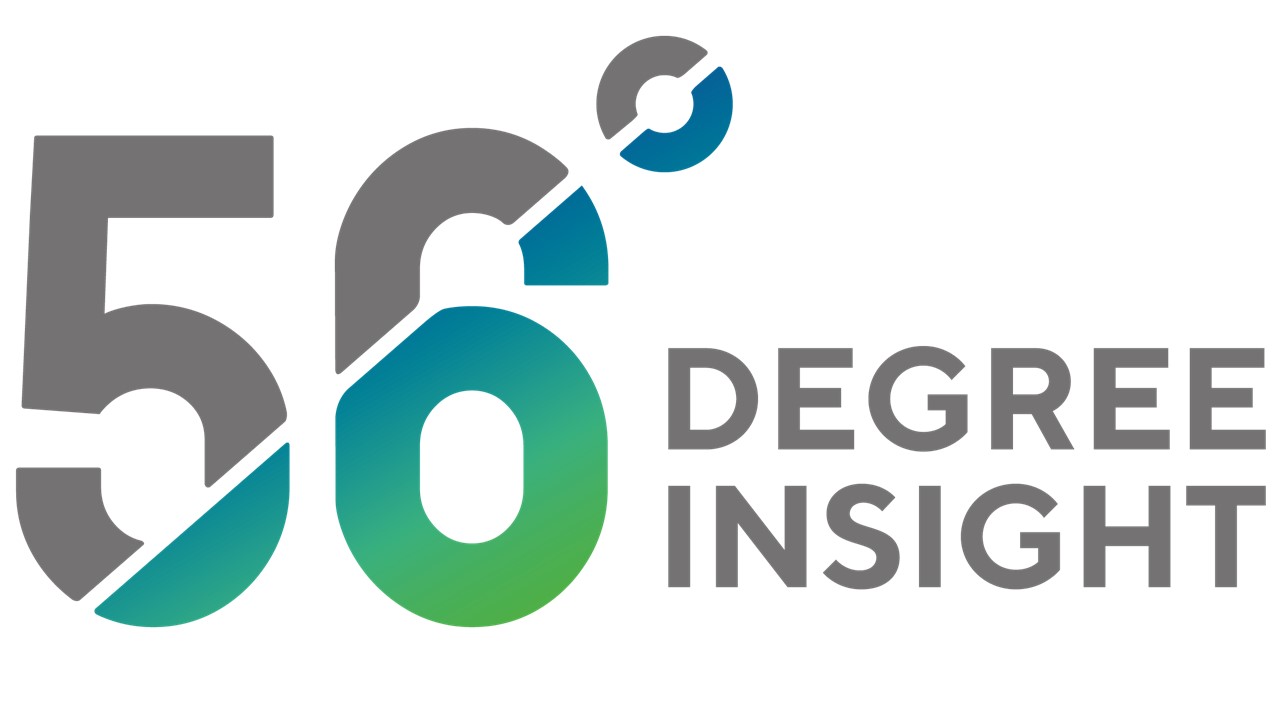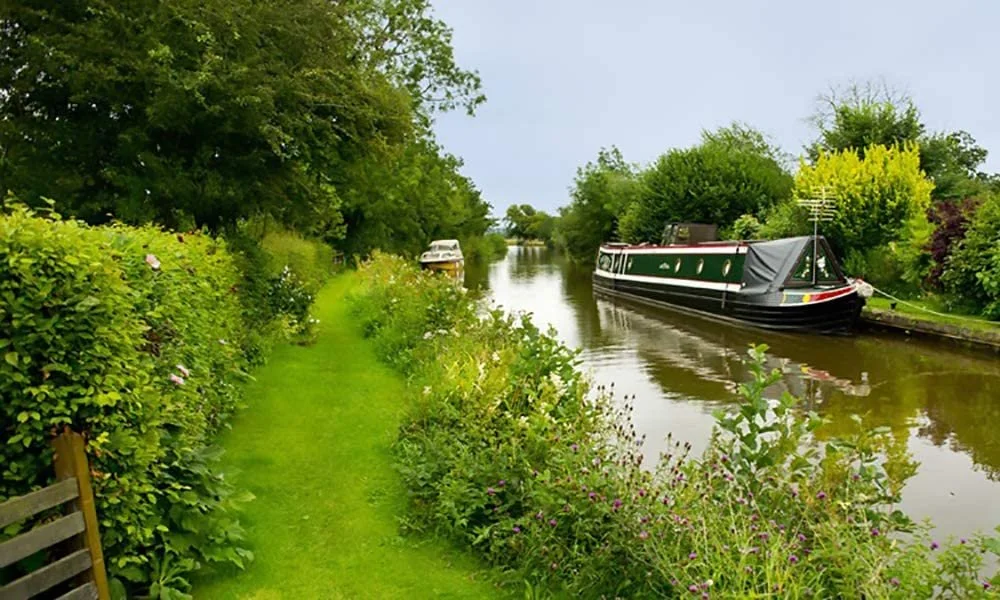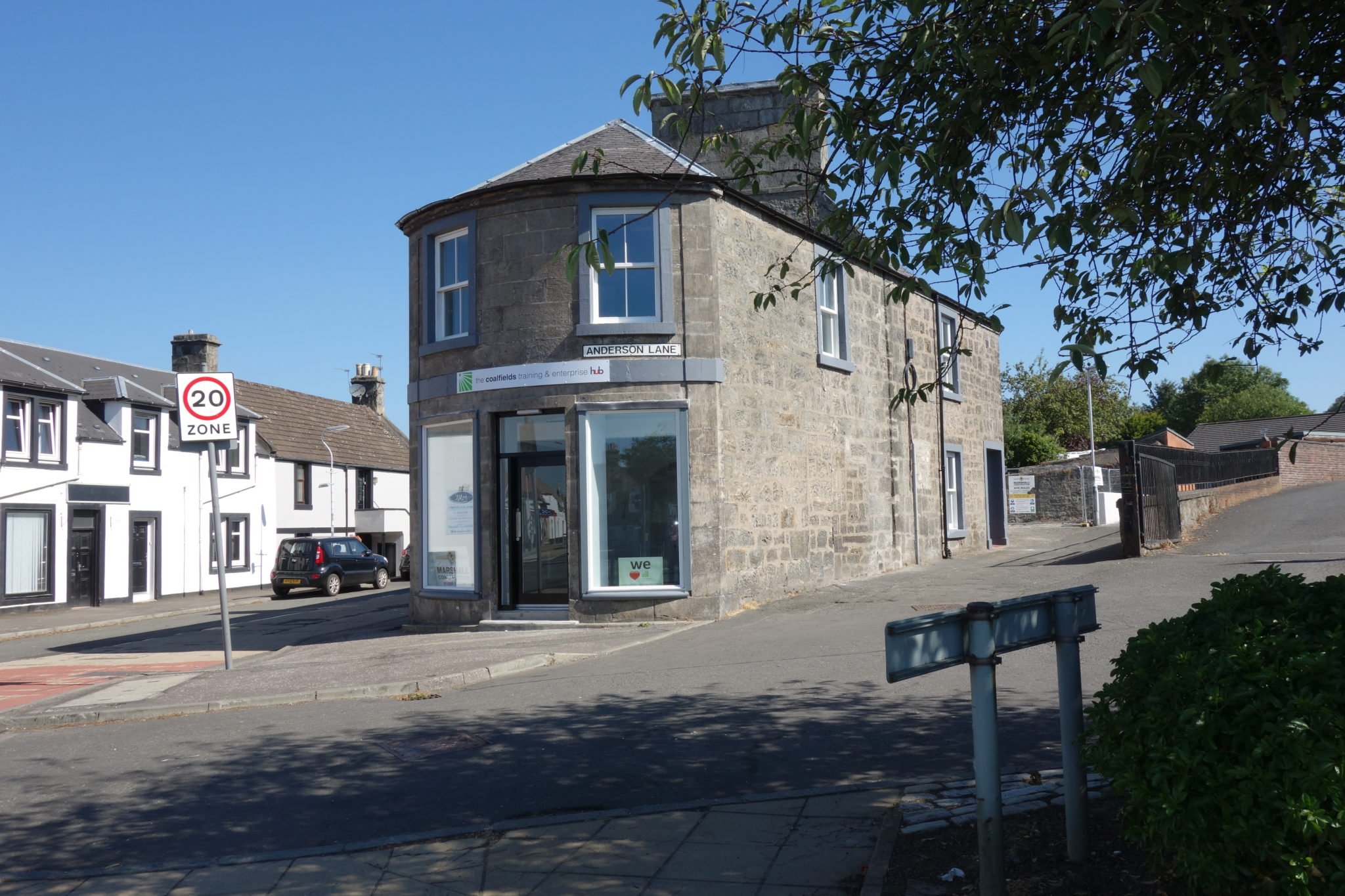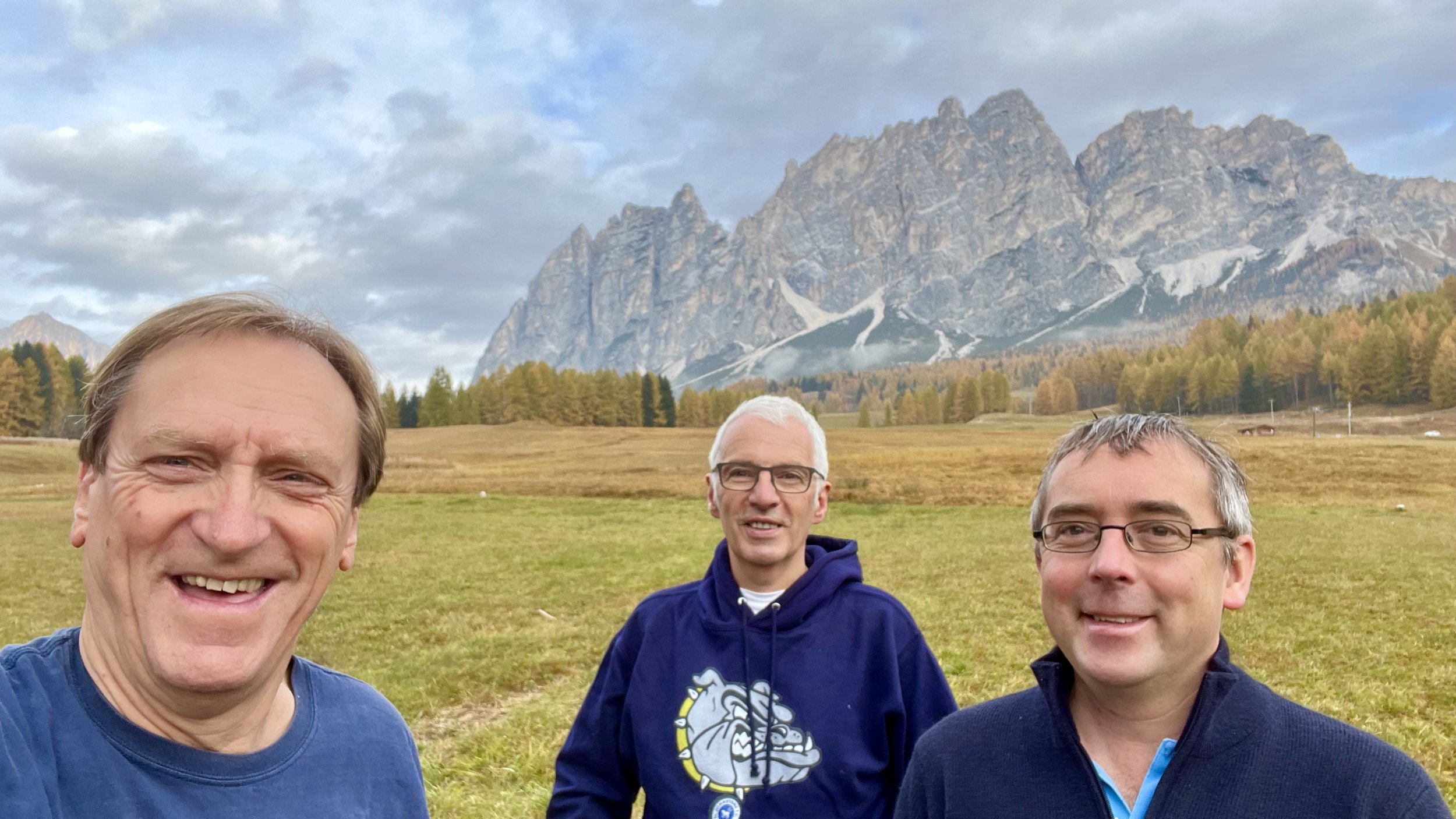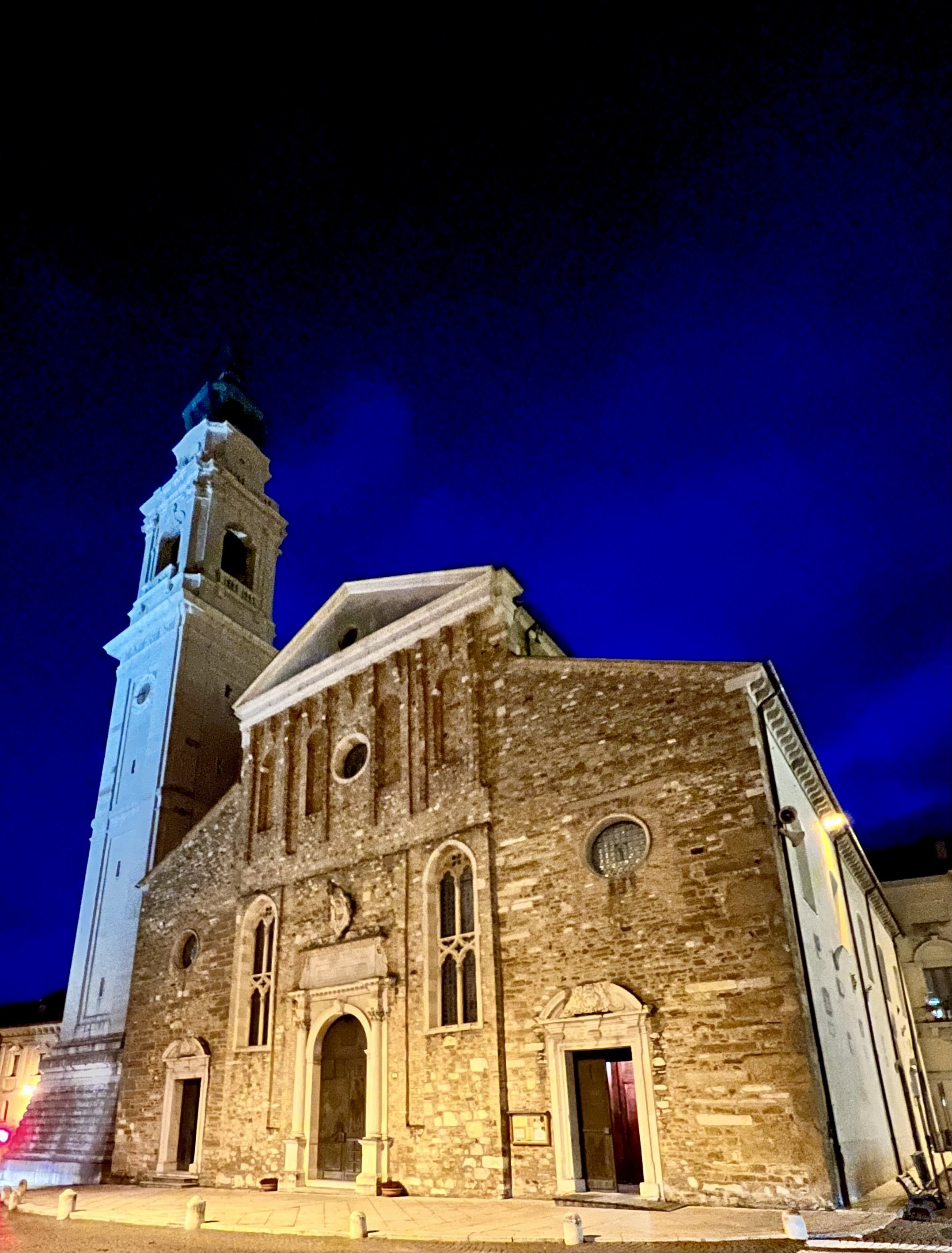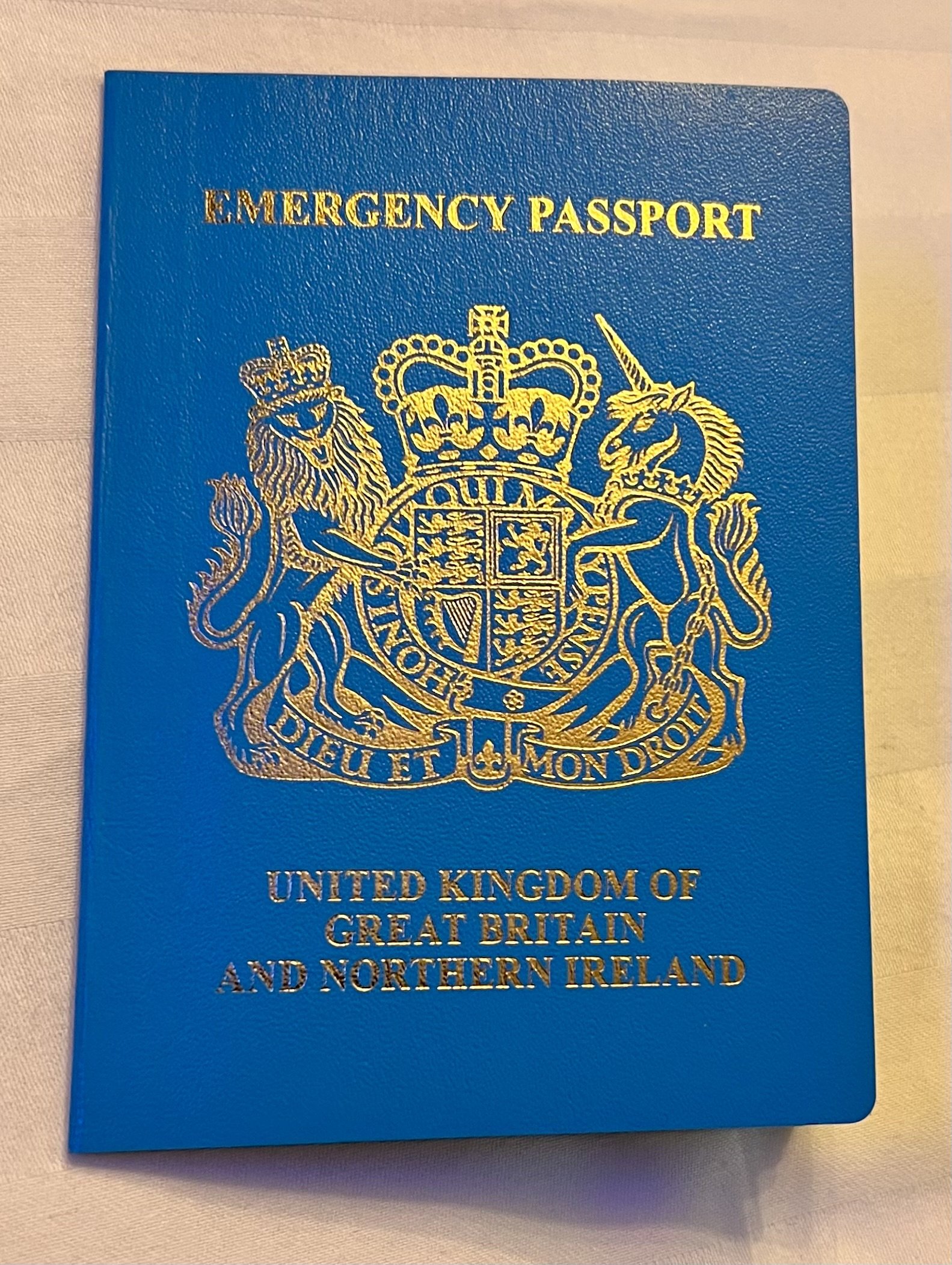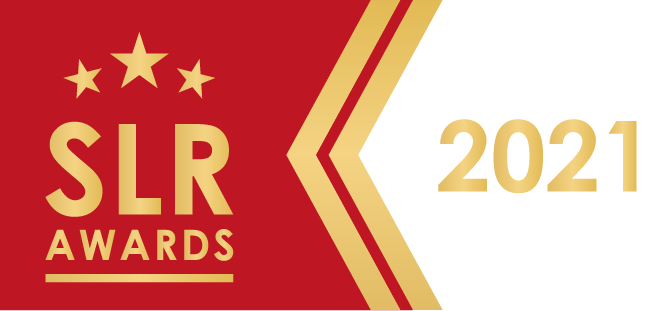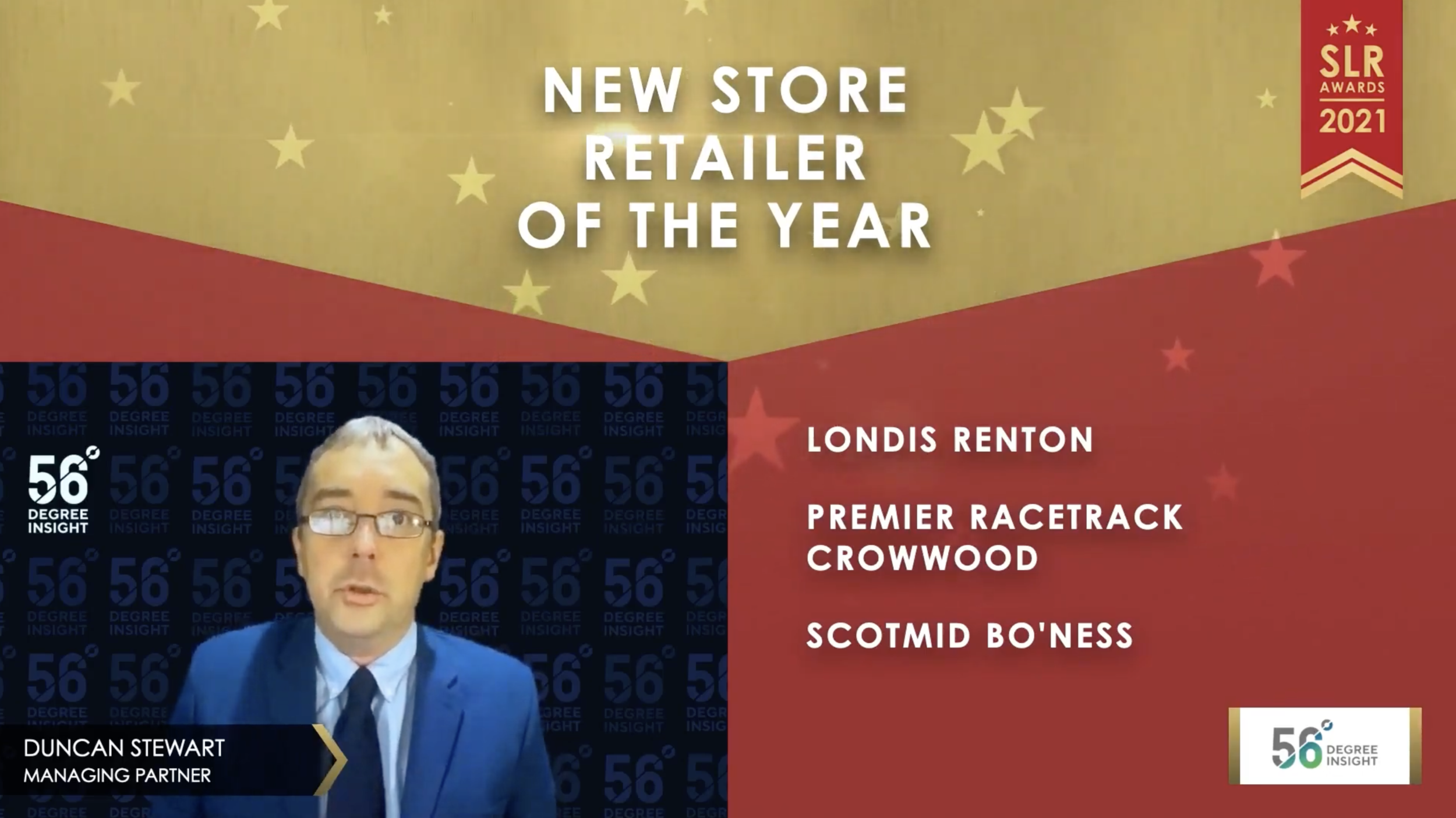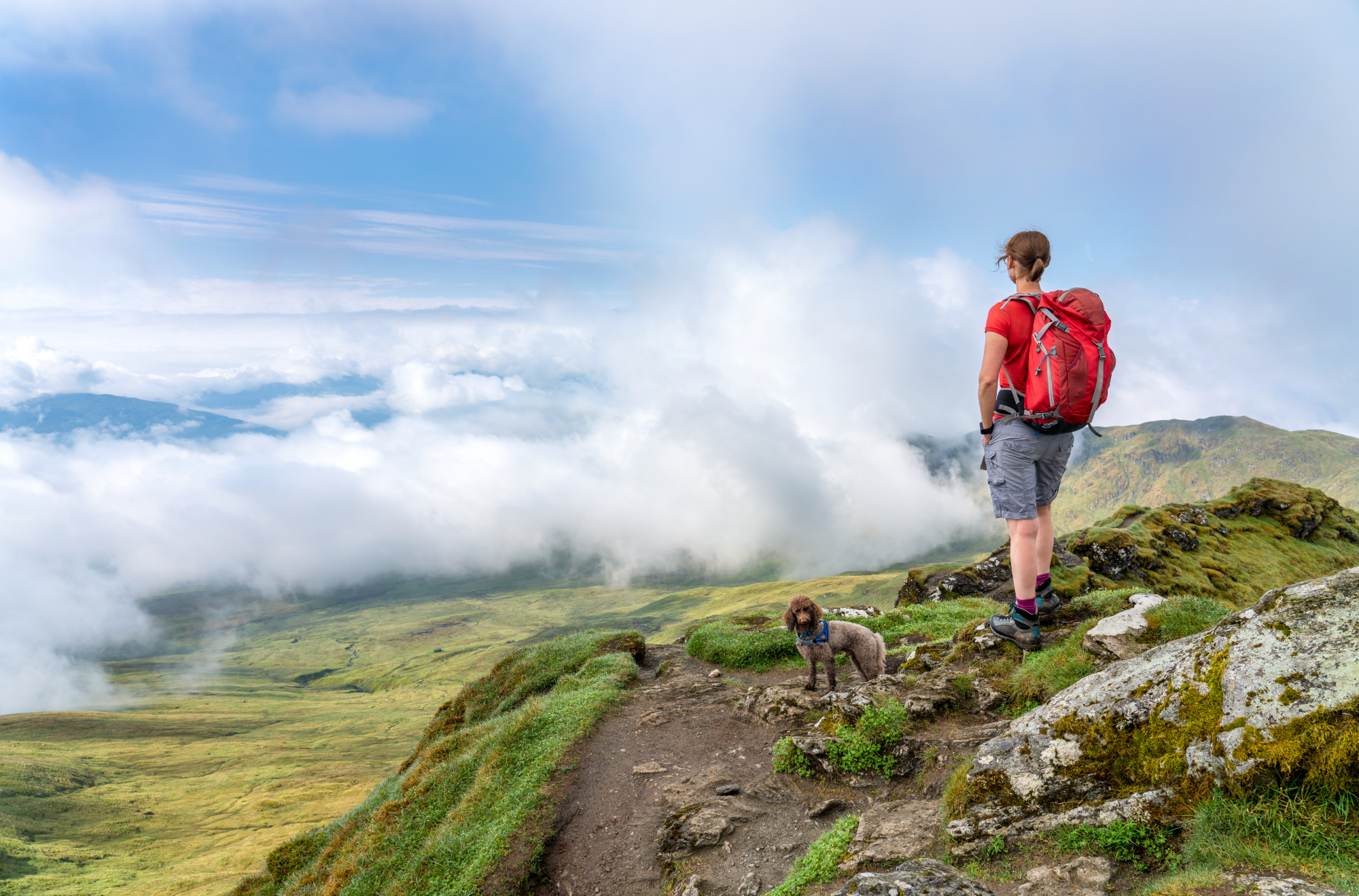We are delighted to have been commissioned by the Coalfields Regeneration Trust to undertake an important new survey of residents of former coal mining communities across Scotland, exploring a range of areas from the population’s demographics to housing, fuel poverty, health, wellbeing and community cohesion.
At its peak in the early 1900’s the UK’s coalmining industry employed near 1.2 million people but as the industry contracted large numbers of pits closed with a devastating impact on the communities that relied upon them.
The most significant job losses occurred following the miners’ strike in the mid 1980’s and since then mining has come to an end in most parts of the UK. While the mining industry has shed over 250,000 jobs since 1980s, alongside these direct job losses many other jobs have been lost in the communities which once relied so heavily upon this industry.
By the late 1990’s the 5.5 million people living in former coalfield areas continued to face significant challenges including a lack of employment opportunities, high levels of poor health and many people held little or no qualifications.
The Coalfields Regeneration Trust
With this backdrop, the Coalfields Regeneration Trust was established as an independent charity in 1999 with the following mission:
“To create opportunities for social and economic growth, deliver a positive lasting impact and ensure former mining communities are not disadvantaged by the legacy of the past.”
To deliver this mission CRT focused their activities on the delivery of the following goals:
Employment – increasing the number of people in work and creating the conditions for new job opportunities in communities
Skills – growing the confidence, skills and qualification of the coalfield population
Health and wellbeing – improving the health outcomes for the coalfield population and increasing the numbers of people taking part in healthy lifestyle activities.
In Scotland, CRT receive direct grant support from the Scottish Government and work in partnership with government and their agencies to achieve these goals.
Working with partners CRT provide support to Scotland’s coalfield communities in a wide range of ways, from providing voluntary organisations with hands on support to help them to build capacity to the establishment of the ‘Hub’ in Kincardine, Fife, a flexible working space which provides an office and meeting space for the local community.
The Hub, Kincardine
Understanding Scotland’s coalfield communities
To support the planning of their activities in Scotland CRT identified the need to undertake a survey of residents of Scottish coalfield communities which would provide them with insights on the people who live in these areas, how they live and their views on life in these areas.
While data on these topics is available at a national and, to some extent, regional level in Scotland, the existing national surveys such as the Scottish Household Survey and Scottish House Conditions Survey do not provide data at the geographic levels of interest to CRT.
Scotland’s coalfield areas
The 56 Degree Insight team are excited to have the opportunity to work with CRT to design and undertake this new survey which will launch in the new year.
Questionnaire design is underway now; we will be aiming to provide detailed new insights which have not been available before – from details on the population profile such as their economic, health and wellbeing status, to details on housing conditions and more attitudinal measures on topics such as community engagement and satisfaction with local amenities.
Survey fieldwork starts in January 2022 with the report due to be published by CRT in Spring 2022. We look forward to sharing the headline findings with you then.
If you’d like to discuss this research or how we can help you with similar requirements get in touch with Duncan or Jim at 56 Degree Insight.
Click here if you would like to find out more about the Coalfields Regeneration Trust
